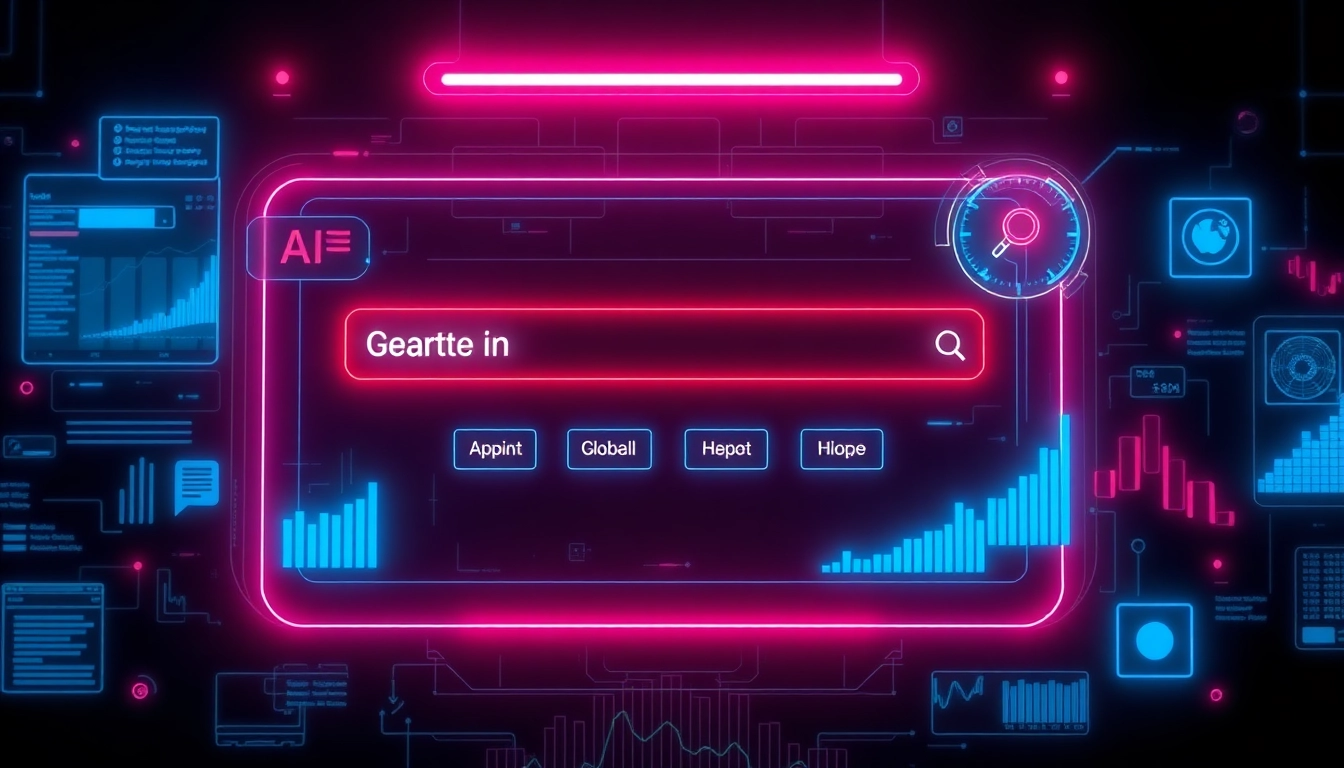Understanding Multi-screen Digital Signage Management
In today’s rapidly evolving digital landscape, businesses are continually searching for innovative methods to engage their audience. Multi-screen digital signage management has emerged as a compelling solution that helps organizations convey rich, dynamic content across multiple screens. By doing so, these systems empower brands to create immersive experiences that captivate viewers and enhance messaging effectiveness.
What is Multi-screen Digital Signage?
Multi-screen digital signage refers to the deployment of several digital displays that are interconnected to present cohesive visual content or independent materials. Businesses utilize this technology to distribute targeted information, advertisements, or interactive experiences across various locations or within a singular venue.
Key Benefits of Multi-screen Solutions
- Enhanced Visibility: By showcasing content across multiple screens, businesses can significantly increase visibility and engagement with their target audiences.
- Versatility: Multi-screen setups can be adapted for different applications, from advertising and branding to wayfinding and customer service.
- Real-time Updates: The ability to update content quickly and easily ensures that viewers receive the latest information and promotions.
- Improved User Experience: Seamless transitions and coordinated content across screens create a more engaging experience for users.
Common Use Cases
Multi-screen digital signage is frequently utilized in several environments:
- Retail Stores: To display promotions, product information, and brand messaging to attract customers.
- Corporate Environments: For internal communications, displaying company news, and engaging employees.
- Entertainment Venues: To enhance audience experiences with dynamic visuals that inform and entertain.
- Transportation Hubs: For guiding passengers and displaying real-time information related to travel.
Best Practices for Implementation
Choosing the Right Hardware
Your choice of hardware is crucial for an effective multi-screen setup. Key considerations include:
- Screen Resolution: Opt for high-resolution displays to ensure content clarity and vibrancy.
- Durability: Select screens designed for continuous use, especially in high-traffic environments.
- Connectivity Options: Ensure that the displays support various connectivity methods for flexibility.
- Mounting Solutions: Consider the space where the screens will be positioned for optimal visibility.
Content Creation Guidelines
The content you create must resonate with your audience and enhance engagement. Here are some guidelines:
- Clear Messaging: Ensure that the messaging is simple and easy to understand at a glance.
- Consistent Branding: Maintain brand colors and logos to create a cohesive visual identity.
- Diversity in Content: Use a mix of videos, images, and animations to keep the content dynamic.
- Tailored Experiences: Consider audience demographics when crafting content to meet their needs and preferences.
Software and Platform Selection
Choosing the right software is essential for managing your multi-screen content effectively:
- User-Friendly Interface: Look for software with intuitive structures that facilitate easy content updating and management.
- Scheduling Capabilities: The platform should allow you to schedule content for specific times, ensuring the right messages are displayed when needed.
- Analytics Tools: Incorporate software that offers insights into audience engagement and content performance.
Challenges in Multi-screen Digital Signage Management
Technical Difficulties
One major challenge in managing multi-screen digital signage is the technical issues that may arise during setup and operation. These can include connectivity problems, hardware failures, and software glitches. To mitigate these risks:
- Regular Maintenance: Implement routine checks on all hardware and software to minimize downtime.
- Backup Systems: Utilize backup solutions to ensure continuity in case of failure.
- Support Services: Consider working with a reliable IT support provider who can troubleshoot and address issues promptly.
Content Consistency Across Screens
It’s crucial to maintain consistency in messaging and branding across multiple screens:
- Centralized Content Management: Use a unified system to manage content across all displays to ensure harmony in messaging.
- Synchronization Technologies: Employ technology that synchronizes content playback across screens to maintain cohesion.
User Engagement Issues
Engaging users effectively is a critical aspect of successful digital signage management. To enhance user interaction:
- Interactive Elements: Integrate touchscreens or QR codes to facilitate user interaction.
- Pacing and Timing: Consider the pace of content delivery to ensure viewers have enough time to absorb the information.
Measuring Performance of Digital Signage
Key Performance Indicators (KPIs)
To evaluate the effectiveness of your multi-screen digital signage, focus on these KPIs:
- Engagement Rate: Track how effectively your audience interacts with your content.
- Viewability: Measure the time viewers spend looking at your screens versus the total number of views.
- Conversion Metrics: Assess how digital signage influences customer behavior and sales outcomes.
Feedback Collection Techniques
Gathering feedback is essential for continuous improvement:
- Surveys: Deploy quick on-screen surveys to gauge viewer satisfaction.
- Social Media Monitoring: Analyze social media interactions related to your digital signage for insights.
- Direct Feedback: Encourage customers to provide feedback verbally or through comment cards.
Adjusting Strategies Based on Data
Utilizing data-driven decisions is key to optimizing your digital signage strategy. This can involve:
- Content Tweaks: Modify content based on performance insights to enhance viewer interaction.
- A/B Testing: Experiment with different content formats and presentations to ascertain what resonates best with your audience.
Future Trends in Multi-screen Digital Signage Management
Emerging Technologies
As technology evolves, so do the capabilities of multi-screen digital signage. Future trends include:
- Artificial Intelligence: Harness AI to analyze audience behavior and tailor content dynamically.
- Augmented Reality (AR): Leverage AR experiences to create interactive and engaging signage.
- Advanced Analytics: Utilize machine learning algorithms for deeper insights into viewer interaction.
Integration with IoT
The Internet of Things (IoT) will play a pivotal role in the future of digital signage. Possible applications include:
- Smart Displays: Interactive screens that respond to user behavior or environmental conditions.
- Data Synchronization: Real-time adjustments to content based on inventory levels or customer foot traffic.
Evolving User Experiences
User engagement strategies are poised to shift significantly. Adaptations may include:
- Personalization: Tailored content based on user data and interaction history.
- Immersive Experiences: Enhanced visual and auditory experiences that draw users into the environment.



